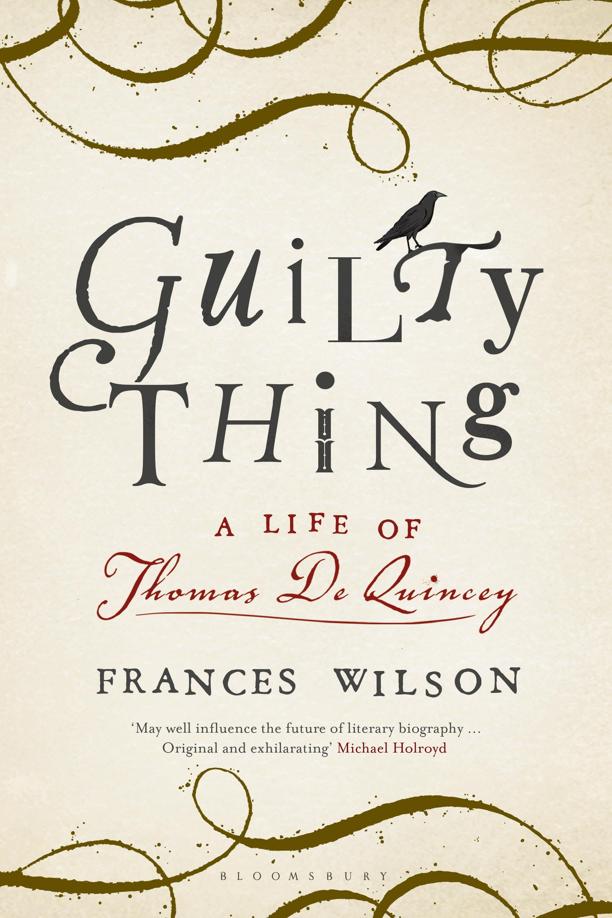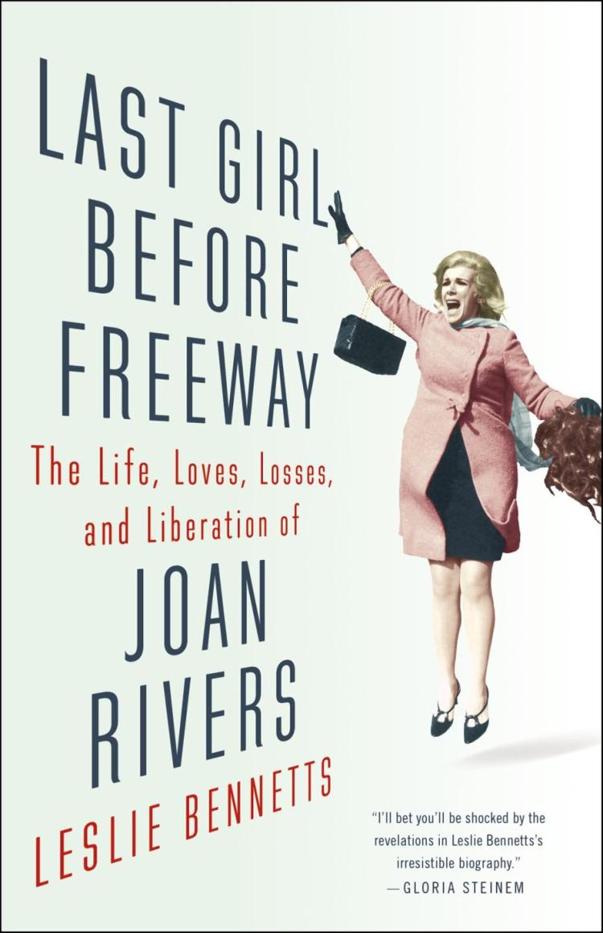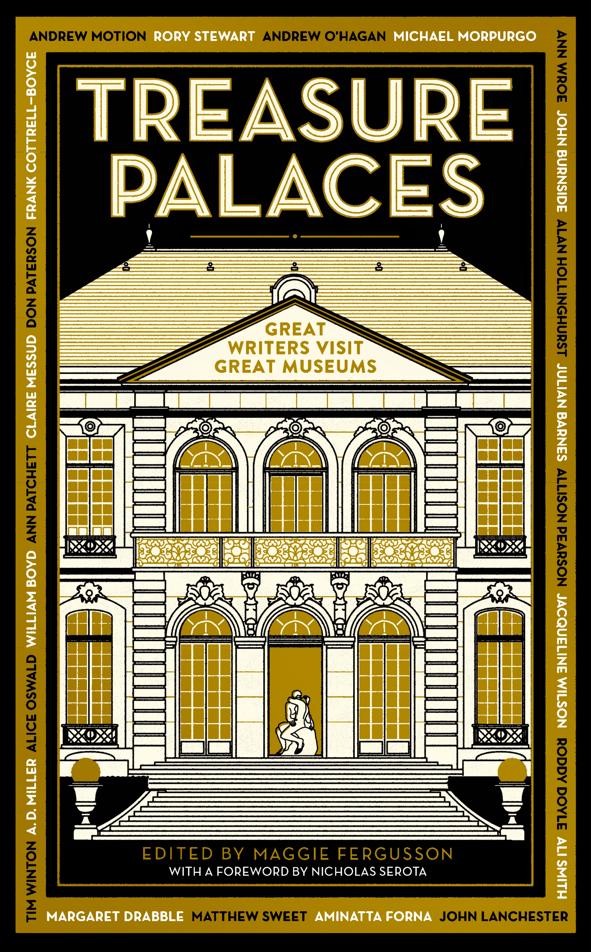GUILTY THING:
A Life of Thomas De Quincey
By Frances Wilson
Farrar, Straus and Giroux, 416 pp., $30
Thomas De Quincey is best known for his book “Confessions of an English Opium-Eater,’’ a tale of addiction and dissolution, precursor to so many current memoirs of self-destruction and pain. He was also, as this wildly entertaining new biography makes clear, a strange and fascinating figure in his own time, a friend of Wordsworth and Coleridge, a “Romantic acolyte, professional doppelgänger, [and] transcendental hack’’ whose work and life remain compelling even now.
Frances Wilson begins her gossipy, lively account not with De Quincey’s own story but with one that would absorb him: a brutal 1811 murder of a London family, a crime that De Quincey would later write about in his essay “On Murder Considered as One of the Fine Arts.’’ De Quincey’s own childhood was one of both privilege and loss — two sisters died young, and he grew up enthralled by books and thoughts of death. Brilliant and strange, he found inspiration in Wordsworth’s “Lyrical Ballads’’ and set out to befriend the poet; by his early 20s he was living among a rotating cast of characters who made up the bard’s circle, reading to Wordsworth’s children, helping edit his work, and occasionally escaping to London to indulge in “a debauch of opium and opera.’’ Never able to secure a steady job, he lived off inherited money, gifts, and loans from friends, and proceeds from his writing. What he earned, he spent on books and drugs; he struggled to support a family that eventually included seven children. For years, De Quincey lived as a houseguest, remembered by his host’s children as a “dishevelled figure comatose before the fire, his head resting on a book.’’ Though his story was ultimately a sad one, Wilson renders De Quincey’s life with extraordinary sympathy and sensitivity, a beautifully written account of one of our oddest writers.
LAST GIRL BEFORE FREEWAY:
The Life, Loves, Losses, and Liberation of Joan Rivers
By Leslie Bennetts
Little, Brown, 419 pp., illustrated, $28
The first time Joan Rivers really killed, she had just ended things with the great love of her early life. She was nearly 30, single, unsuccessful, and miserable. She’d been a failure at the only thing she ever wanted to do, and her parents were tired of supporting her. Rivers stepped on the stage that night and said, “I’ve just broken up with somebody and I think I’m going to die.’’ Raw, vulnerable, and a bit wry, at that moment Rivers found her voice as a comedian.
Leslie Bennetts’s new biography follows Rivers from her earliest years as Joan Molinsky, second daughter of striving, battling Jewish immigrants, through her ascent to stardom, devastating fall from fame, and subsequent comeback. A veteran Vanity Fair writer, Bennetts relies heavily on Rivers’s memoir and other published accounts, as well as interviews with the comedian’s longtime friends and colleagues. The result is a book that reads like a very, very long Vanity Fair profile — at times deliciously dishy, but with long digressions of questionable interest (how much does anyone want to learn about Blaine Trump’s marriage?). Still, Rivers was a figure who deserves our attention, a woman who pushed hard against both entertainment industry conventions and her own conventional upbringing to become a true original.
TREASURE PALACES: Great Writers Visit Great Museums
Edited by Maggie Fergusson
The Economist, 240 pp., $16.99
What is a museum, anyway? An assortment of artifacts, a frame through which to view the past, a place of private reflection? In this lovely series of intimate essays, writers explore their relationships with museums, from the offbeat (the Museum of Broken Relationships in Zagreb) to the iconic (the Prado in Madrid). Although each tells its own story — how could an experience at the Frick mirror the one you might have at the Abba tribute museum in Stockholm? — what these essays all share is a feeling of gratitude for an intentional space of wonder.
The anthology is dominated by British writers (one would like another volume to be more diverse in every way), but two of the loveliest pieces are about American museums. Claire Messud recalls her teenage fascination with Boston’s Museum of Fine Arts and subsequent visits with her own children. And Ann Patchett revisits the Harvard Museum of Natural History, home to stuffed animals of “an appropriate degree of shabbiness.’’ We tend to think of artistic masterpieces when we think of museums, but when Patchett notes that for her, “science has become the most spectacular art,’’ it makes sense; a museum can both show us and ask us what we find beautiful.
Kate Tuttle, a writer and editor, can be reached at kate.tuttle@gmail.com





